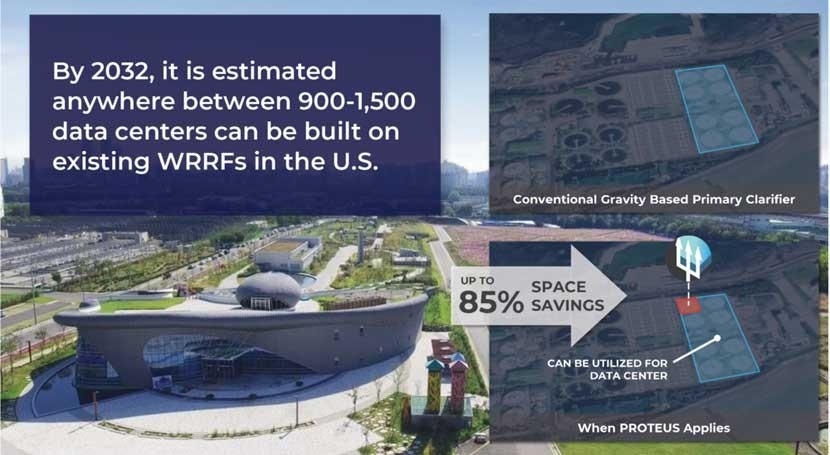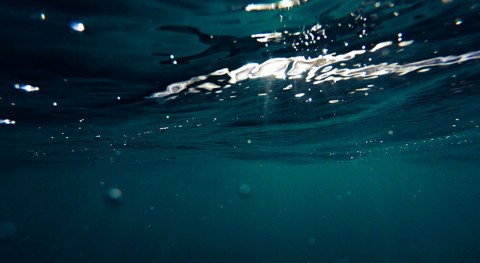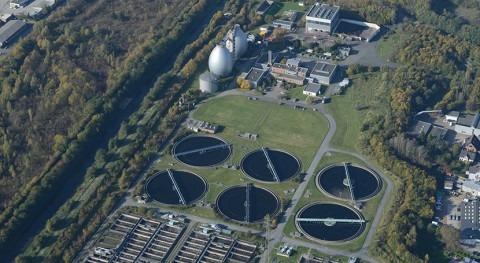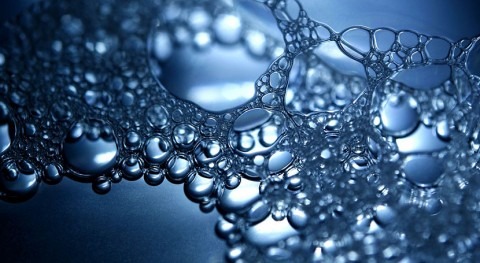Tomorrow Water and its parent company, BKT Co. Ltd., a leader in wastewater treatment and sustainable waste management solutions, has launched an initiative to develop co-located water resource recovery facilities (WRRFs) and data centers. Tomorrow Water’s research finds that data centers can improve power and water use effectiveness when co-located with existing and planned WRRFs that have treatment capacities of over 10 million gallons per day. According to US EPA’s Clean Watersheds Needs Survey (CWNS) data, by 2032, there will be an estimated 900 WRRFs in that capacity range in the United States alone. Tomorrow Water estimates that between 900 and 1,500 data centers could be built on these sites by just retrofitting primary clarifier into space saving compact advanced filtration system, such as Tomorrow Water’s Proteus™.
The United States is home to the world’s greatest number of data centers, accounting for 70 billion kWh of electric energy or 2% of the country’s overall annual energy consumption. So much heat is generated from these data centers that 30-50% of their operating costs are due to cooling systems. As future demand for data centers grows for cloud computing, big data, and artificial intelligence, Tomorrow Water recognizes the opportunity to symbiotically integrate two vital industrial systems to offset energy demands, reduce water consumption, and minimize greenhouse gas emissions.
Having filed for a patent on their ambitious “Co-Flow Initiative” the company’s objective is to develop a data center on land previously occupied by conventional primary clarifiers that has been reclaimed by retrofitting the facility with BKT’s small-footprint BBF Proteus biofiltration technology. Integrating data centers into WRRFs provides heat and cooling exchange benefits between the two systems, to dramatically reduce energy and/or water consumption.

Amazon Web Services, the industry leader in cloud computing services, has made it a priority to minimize the environmental risks associated with data center design and operation. In addition to achieving ambitious sustainability goals, challenges in locating data centers include securing suitable sites that can provide a stable power supply relative to IT capacity demands, environmental regulations, employment, security, and infrastructure. The energy and water savings created by BKT’s Co-Flow Initiative will help address multiple crucial infrastructure needs at once while minimizing environmental impact and land use.
Co-Flow is made possible by the company’s patented BBF Proteus biofiltration technology. Tomorrow Water’s CEO, E.F. Kim explained, “If the WRRF is retrofitted with BBF Proteus, a significant amount of physical space can be freed up for other beneficial uses. We believe that the ideal approach should be to focus initially on replacing the WRRF’s enormous primary clarifiers to generate space for a data center. Over 90% of the world’s wastewater treatment plants have traditional primary clarifiers that gravity settle the influent within 2-3 hours. By contrast, the BBF Proteus advanced primary treatment systems do the same job in less than 30 minutes, hence the smaller footprint.
“As our society moves toward digital transformation, data processing demand becomes crucial in all aspects, requiring more data centers near highly populated urban area. These data centers will typically consume more fossil energy, which would aggravate the already worsening global warming situation. By having the data center in the WWRF, cooling will become easier, saving energy. Furthermore, BBF Proteus will divert more wastewater primary solids to biogas production, producing more renewable energy while reducing the aeration energy consumption in the wastewater secondary treatment step.”
BBF Proteus has successfully replaced primary clarifiers at both the Jungnang Resource Reclamation Facility (the first WRRF in Korea) and the Seonam Wastewater Treatment Center (the largest WRRF in Asia), reclaiming valuable space in Seoul’s city center. At Jungnang, the reclaimed space has been transformed into a vital community resource as a park and a museum.





